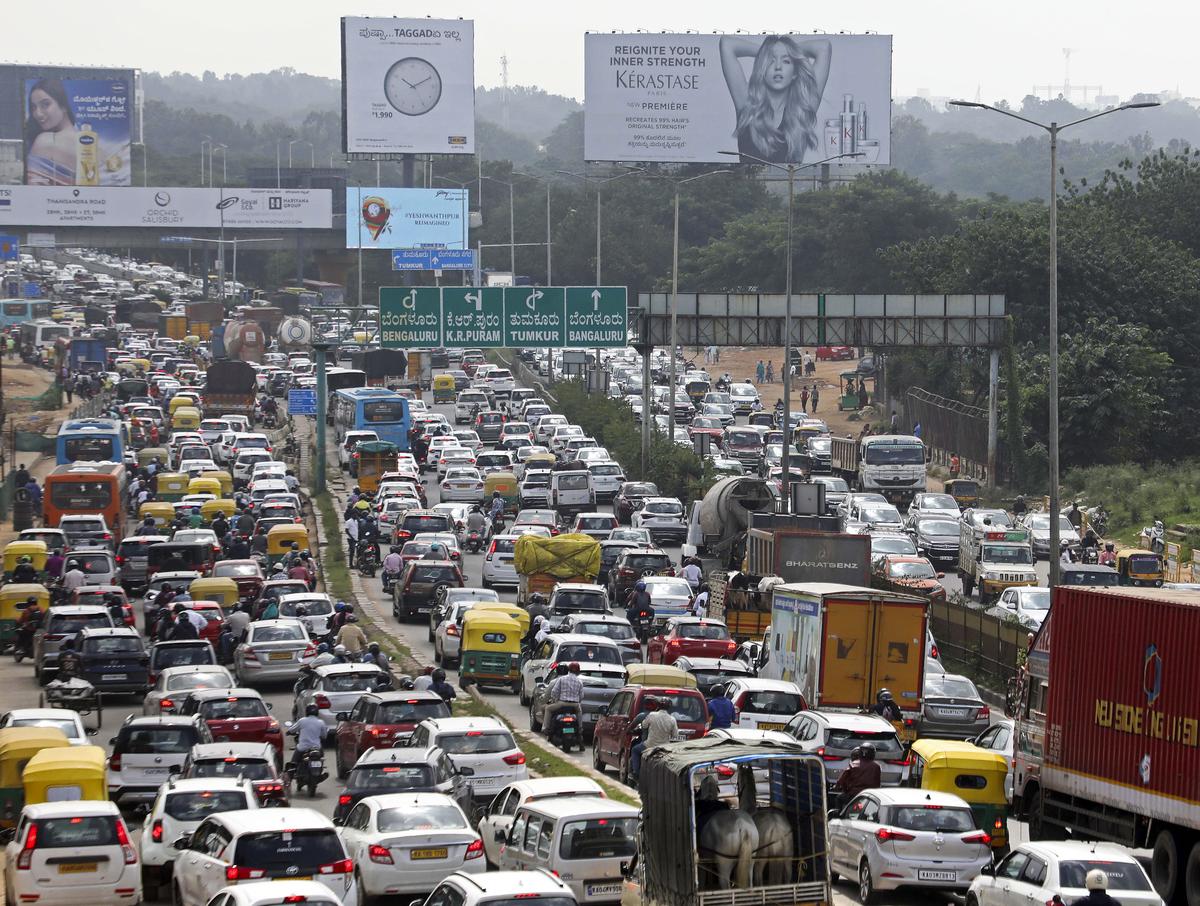Cities mainly consume natural resources such as electricity, sand, stone, clay and wood generated from land, water, coal. , Photo Credit: File Photo
Most of us have heard the story of Aladdin’s lamp, the story of a poor boy from ancient China, raised by a magician from Magreb, to recover a magic lamp that grants every wish to every wish . Aladdin beats the magician and lives happily with the lamp.
Merly, we consider the treatment of our cities like Aladdin’s lamp. They provide everything we want, but unlike the lamp, what the city gives us only gives us what we do not ask. We get success and stress, fame and failure, strength and pressure, love and loneliness, income and isolation, comfort and congestion, solutions and confusion, goods and garbage.
We see cities as oceans of opportunity, ladder for success, and engines of development. But what if this tireless increase is leading us to self-destruction? Aladdin’s lamp remains unchanged in the story, but can cities that expand cities like Bengaluru, Chennai and Hyderabad maintain their vitality, or will they lose their brightness and decline one day? Can our decision maker plan for the future?
Unlike rural economies, which attract direct resources such as agriculture, animal husbandry, mining and fisheries, thrives on secondary sources such as cities, services, sales, marketing, management and governance. Urban centers are primarily consumers, especially finite natural resources such as land, water, coal generated electricity, sand, stone, clay and wood.

Can cities like Bangalore ever maintain their vitality? , Photo Credit: File Photo
The per capita consumption of these resources in cities is more than now in rural areas-only through direct use, but also through indirect means: purchasing goods, living in buildings built, traveling in fuel-operated vehicles, airing Relying on conditioning, eating, and attached to countless other activities.
Is it necessary to limit urbanization for a permanent future? This is a question of a debate. Even if this is theoretically possible, will we do it? Current trends do not suggest any slow. By 2050, India’s urban population is expected to reach 68%. If we continue with our existing economic models, lifestyle options, governance structures, discovery of money, and tireless pursuing for comfort, urban expansion will accelerate.
At least we can do – for future generations – simple, more durable lifestyle is to adopt.
For example, take Bangalore. Most policies, proposals and administrative efforts focus on solving urban problems – it is traffic, waste management, or water supply. While these initiatives are necessary, they inadvertently contribute to urban expansion. More projects lead to more jobs, attracting more people, which, in turn, create new challenges that demand further solutions. As a result of this cycle, the government results in endless meetings, seminars, reports and conferences.
This is not to deny the potential benefits of more seminars, but to suggest to apply the first available ideas, to think differently and try to change a paradigm. We need to maintain our cities as the first living cities, to maintain them climately.
(The author is an urban designer, inheritance protectionist and ecological architect in Bengaluru)
Published – 21 February, 2025 07:41 pm IST





